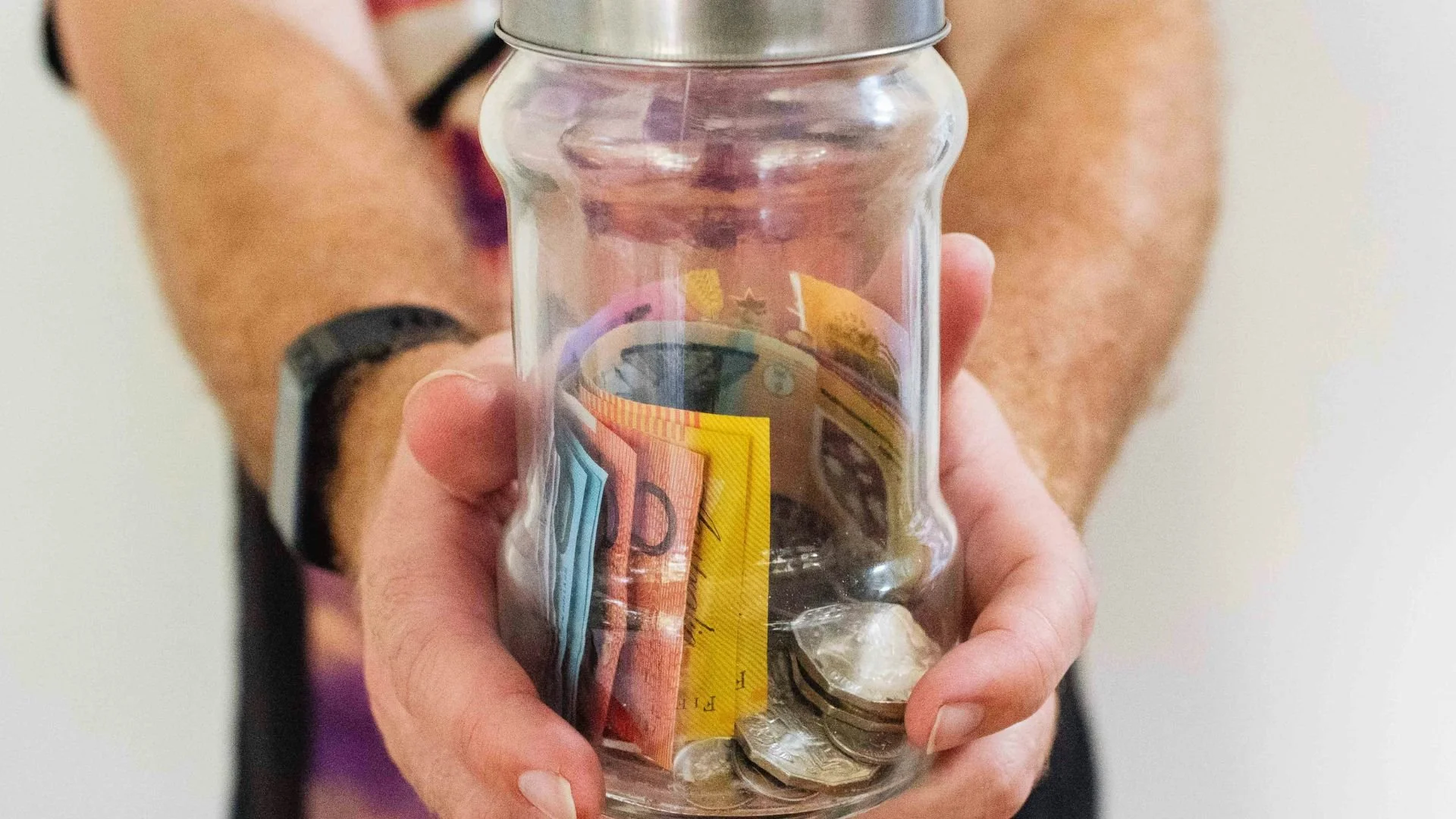The cost of starting in private practice: a full breakdown for therapists
28 September 2025
One of the biggest questions we hear from clinicians who want to transition into private practice is, ‘How much will it actually cost to start?’ The answer? More than you might think, but also less than you might fear.
The key is planning ahead so you’re financially prepared before you make the leap. Here’s a detailed breakdown of the essential costs, the hidden expenses most clinicians forget, and how to budget for a smooth transition into private practice.
Essential startup costs for private practice
Practice management software
Approx. $0-$50 / month
Manage client bookings, invoicing, clinic notes, and compliance to minimise administrative load.
Halaxy is free to use, but you will incur costs for payment processing and additional features, such as SMS messaging, fax, and syncing your calendar.
Professional Indemnity & Public Liability insurance
Approx. $300-$1,000 / year
This is one of those non-negotiables. You must protect yourself legally.
Compare providers and look for discounts through your professional associations and registrations.
Supervision & CPD
Approx. $100-$290 / session
In most fields, it is a professional and ethical requirement to undertake supervision and CPD.
Plan ahead for CPD expenses. Some clinicians allocate a percentage of their income to ongoing training.
Business registration and legal fees
$40-$600+
You’ll need an ABN, business name registration, and possibly a company setup.
Consider Sole Trader vs. Company structures and always seek professional business and accounting advice.
Website and branding
$0 (DIY) to $2,500+ (Professional)
Clients and referrers need to find you online. We recommend starting with a basic but professional website and then investing in branding and marketing later.
Just because you have a website doesn’t guarantee you’ll appear in search results. Consider your SEO, keywords, and website traffic sources, and if in doubt, work with a professional from the outset.
Admin and booking support
Optional but highly recommended
Doing everything yourself is a fast track to burnout.
Start with a part-time VA or automate admin tasks with practice management software.
Additional costs clinicians often overlook
Office space (if working face-to-face with clients)
$500-$2,000+ / month
Consider whether renting a therapy room or co-working space is a good option for you. Also consider sub-leasing.
Start with a few in-person days each week and build up.
Technology and equipment
$500-$2,500+
You’ll need a laptop, phone, and printer, and may need an EFTPOS machine and video-conferencing equipment, depending on how you want to run your practice.
These sorts of expenses are tax-deductible, so make sure you declare these expenses to your accountant.
Marketing and directories
$30-$100 / month
Get yourself listed! Consider Psychology Today, AASW, APS, AAPi, and Google Business Profile.
Aim to start free, then invest in paid listings once you have a steady income.
Accounting and bookkeeping
$500-$2,500+ / year
Engaging an accountant can help keep you financially compliant and reduces tax stress.
Use cloud-based accounting software like Xero or MYOB, and if needed, outsource your tax preparations.
Plan ahead and budget wisely
Know your baseline income needs. Calculate your must-cover expenses, like rent, insurance, software, and supervision. Set an income goal by calculating how many client sessions you need each week to cover your costs.
Have a financial buffer in place before you leap. Private practice income isn’t stable at first; it takes time to build a caseload. Aim have have enough saved up to cover 3-6 months of business expenses, or start part-time while building up your client base.
Set up a separate business bank account. Keep your business and personal finances separate. This makes it easier at tax time, but can also help you track business income and expenditure with precision.
Plan for tax and superannuation from the outset. Unlike a salary, tax isn’t automatically deducted from your income. You’ll need to set aside 20-30% of your income for tax (and GST, if applicable). You’re also responsible for maintaining your superannuation contributions.
Private practice doesn’t have to be a financial risk. Plan ahead, budget wisely, and set up your financial systems early. For a full, detailed breakdown of every cost you need to budget for, download our Private Practice Setup Costs Calculator.


